How to get your fuelling right for rides of every length
From your morning commute to a multi-day adventure ensuring that you've put the right fuel in your body is the (not so) secret to success

The old adage ‘you are what you eat’ is likely to resonate with many cyclists reflecting on their performance in a recent ride or race. After all, what you eat and drink while you’re on the bike has a demonstrable effect on just how far and fast you can go.
Proper fuelling is vital. Get it right and you’ll be able to ride consistently over an extended period of time. If you’re racing, or riding a sportive, this has clear benefits and can make a considerable difference on where you place, or even if you cross the finish line at all. If you’re just out riding it’s likely to make for a far more enjoyable ride, enabling you to finish strongly.
Getting it wrong, however, will translate to a dip in performance. Most commonly this is a product of not eating and drinking enough, which can lead to the dreaded ‘bonk’ or 'knock'. But overeating can also be problematic, with stomach issues the most likely outcome of consuming too much fuel.
So how do you properly fuel for your rides, and how should your approach differ for short, medium and long rides?
For years the perceived wisdom was that consuming between 30-60g of carbohydrates - your body's preferred choice of fuel during exercise - per hour was sufficient. However, conventional thinking has changed somewhat, with up to 120g now suggested depending on the weight of the cyclist and the intensity at which they are riding. This greater volume is achievable by combining glucose with other sugars as different carbs take varying pathways to your gut, allowing you to take more onboard than if you just consumed glucose.
Why carbohydrates? It’s the carbs stored in your body which are turned into glycogen, the fuel your body uses during exercise. To reduce fatigue, you need to ensure that your blood glucose levels remain topped up - for if you don’t have enough glycogen, your body will start to break down muscle tissue in order to fuel itself, something you’ll understandably want to avoid.
The latest race content, interviews, features, reviews and expert buying guides, direct to your inbox!
It’s also important to remember that your body’s intestines can only move glucose into your bloodstream so fast. On average you can process approximately one gram of carbs per minute - hence the aforementioned upset stomach, a product of taking on too many carbs too quickly.
Let’s look at different ride lengths to examine how your cycling fuelling strategy should look.
How to fuel for short rides
This might be your commute to work or a shorter training ride of less than an hour. Whichever it is, it's likely that your body will have enough stored energy for the duration of the ride. Therefore your primary goal is to stay properly hydrated.
What should you drink?
Water could suffice but a low-carb drink with electrolytes will help regulate the salts and minerals in your blood, staving off thirst but also helping to prevent muscle twitches and cramps. Little and often is the best approach here.
What should you eat?
If the effort level of the ride is moderate then solid food or gels are probably unnecessary. However it’s wise to carry something in your jersey pocket just in case. An energy bar typically provides around 23-30g of carbs. A banana is a convenient ‘real food’ alternative, which also delivers around 25-30g of carbs.
How to fuel for one to three hour rides
Your carbohydrate stores will typically last for around one to 1.5 hours before they will need to be replenished - so rides of this length will need you to focus on doing just that. How many carbs you’ll need per hour will vary depending on both your body weight and the nature of the ride. If it’s a social or recovery ride at moderate intensity then 60-90g of carbs per hour should work. If you’re racing for this period of time, or undertaking a training ride consisting of several hard efforts, then this number might need to increase to 80-120g.
You’ll want to ensure that you’re consuming more than one type of carbohydrate, as your body can only process so much of any one type within an hour. To reach a goal of, say, 60-90g per hour then a combination of carbs is required - for example glucose and fructose.
What should you drink?
As with the shorter ride, you’ll need to stay hydrated and replenish the electrolytes you’ve lost through sweating. Improper hydration can also have a negative impact on your digestive system so it makes sense to take a sip from your bottle every 10 minutes or so. Low-carb hydration tablets are easy to use and are simply added to water. They'll be small enough that you can carry extra tablets in your jersey pockets. Some tablets, such as the SiS Hydro tablets, also contain a ‘shot’ of caffeine.
Alternatively you can add a pinch of salt to the water in your bidon or make your own sports drink, which can be as simple as infusing a jug of water overnight with lemon or lime, some sugar and a pinch of salt.
What should you eat?
As stated, to consume 60g, 90g or more carbs per hour you’ll need a combination of sources so look for one of the best energy gels or energy bars that contain fruit, either as a concentrate or dried, as these sugars will contain both fructose and glucose. A banana is again a reliable ‘real food’ alternative, given that it delivers a solid amount of carbs and is easy to carry. If you have a sweet tooth, slices of this fruit can be added to a brioche bun, with a little honey added. This can then be cut into two or three bite-sized pieces.
Towards the end of the ride, if the intensity is high throughout, then gels and chews are typically easier to consume than solid food. If you're fuelling predominantly with gels however it’s advisable to wash them down with water, or use a product, such as the SiS Go Isotonic gel that delivers 22g of carbs without the need for water, to avoid potential stomach upsets.
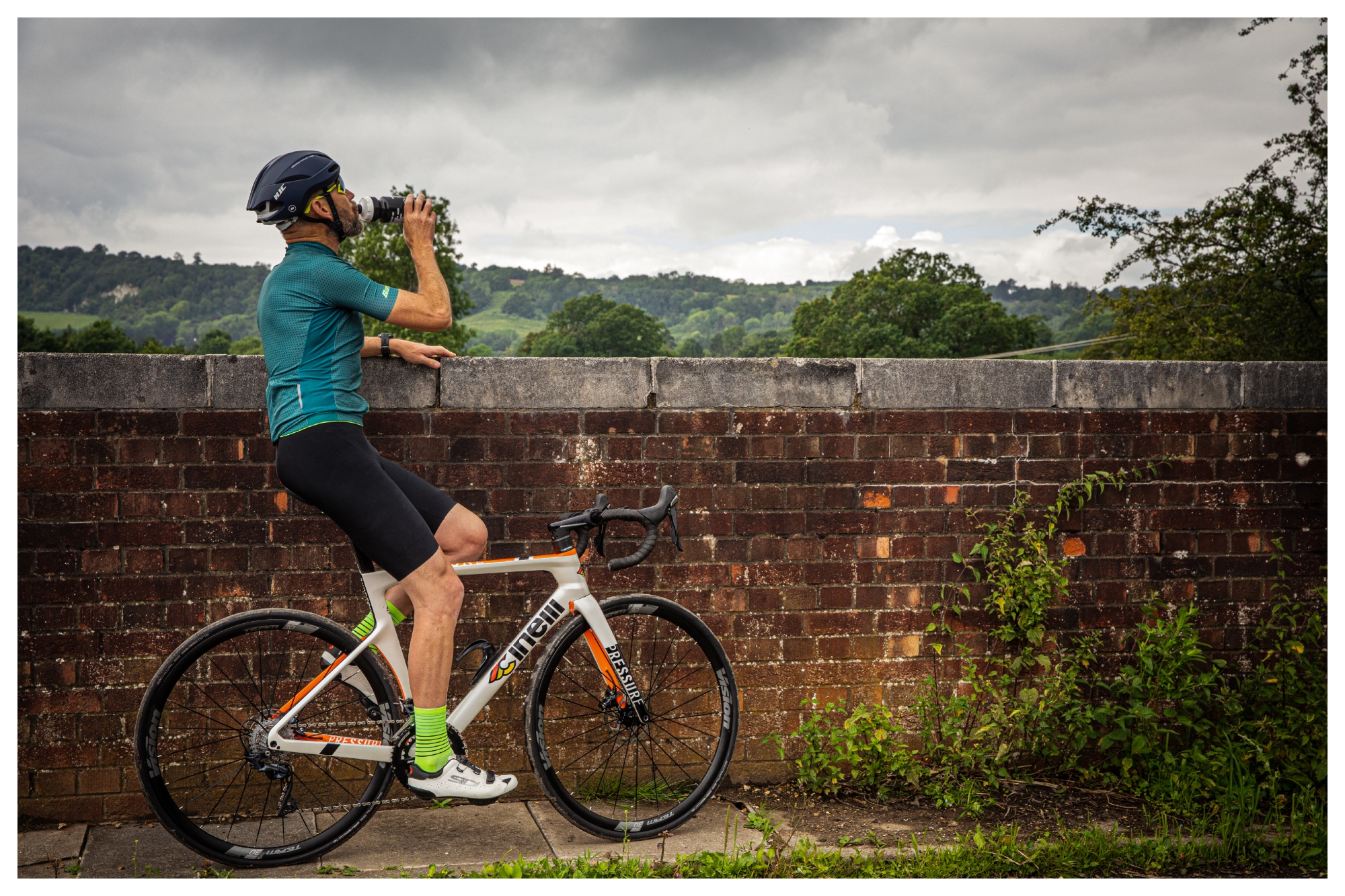
How to fuel for three to five hour rides
Fuelling for a long ride such as this starts before you swing your leg over the bike. Your pre-ride nutrition, which is designed to ‘load’ you with carbs, is best approached in two ‘bites’: a carb-rich meal eaten several hours before you set off - somewhere between 2-4 hours - which is made up of slow-releasing foods (think porridge oats with fruit for breakfast or beans, lentils and pasta for lunch) that are low on the glycaemic index and a snack about an hour before the start of the ride that will deliver the energy more quickly - again, a good ol’ banana will work here as would an energy bar.
What should you drink?
Once you’re riding you’ll need to be focused on hydrating, again using an electrolyte rich sports drink alongside water. However, on long rides where digesting solid food can become more difficult, you might also want to take in some of your hourly carbs via a carb-rich energy powder added to water.
What should you eat?
You’re still aiming for 60-90g of carbs an hour but given the length of the ride it’s likely you’ll want to have some variation in what you consume. Eating the same product hour after hour, regardless of whether it's sports nutrition, snack food or a sandwich you made at home, can prove to be dull. Therefore a mix of all of these is likely to keep your tastebuds interested, which means you won’t miss out on the calories your body needs.
How to fuel for an all day ride
Riding all day requires a similar approach as the 3-5 hour ride. You’ll likely want to carb-load before your ride to ensure that your body is well stocked up. Then it's a case of making sure that you maintain your hourly targets. When you’re in the saddle all day it’s not unusual for your desire to eat and drink to ebb and flow, so sticking to a regime of little and often is wise.
It’s also important on longer rides to ensure that you’re pacing yourself. If you go too hard, too early your body simply can’t process the fuel you’re giving it - essentially your body is sending all the blood to your leg muscles in turn depleting the source to the gut, which results in the slowing down of the digestive process. The result is the nutrients you need aren’t absorbed and you run out of gas, with the often-added bonus of a bloated and upset stomach.
What should you drink?
While the majority of your hydration needs will still be met by water and tablets and powders added to water, a long ride will typically mean a couple of ‘fuel stops’ where you’ll get the chance to enjoy a cold sugary carbonated drink from a can (insert your favourite brand here). Not only does the high-sugar content help reduce fatigue, the bubbles can settle the stomach, resulting in a much needed pick-me-up.
What should you eat?
Again in a ride of this length, variety is likely to be of importance. You’ll want to ensure that you’ve got a combination of real food, snacks and sports nutrition to avoid food boredom and give you enough alternatives based on how you, and your digestive system, is feeling. As mentioned before making sure that you’re consuming foods that contain a mix of sugars is important, as this helps to speed up absorption into your bloodstream. After all, if you’re facing a long climb several hours into a ride you’ll want to make sure that you’ve got a good supply of energy at the ready.
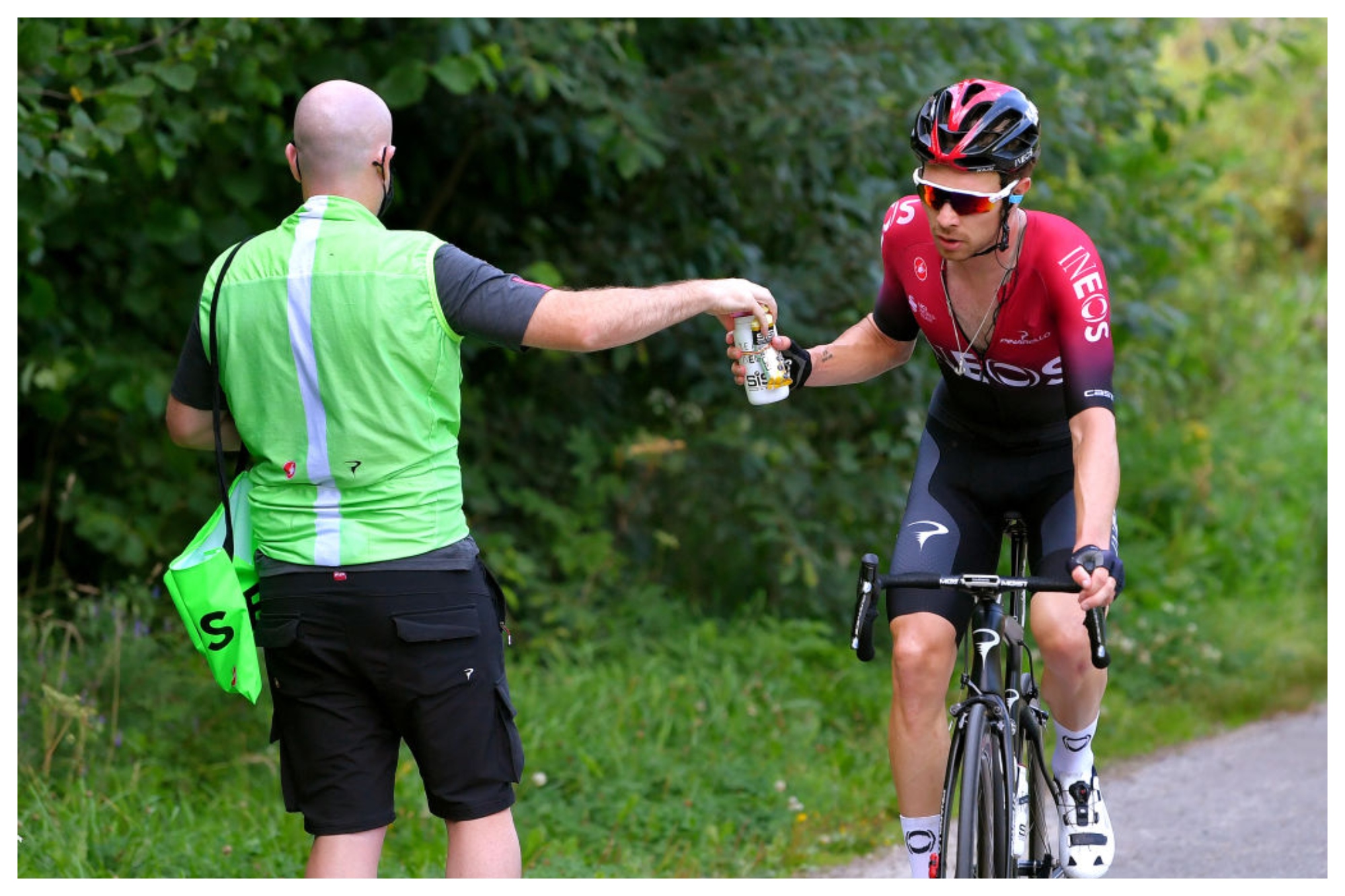
Fuelling for multi-day rides
Riding for consecutive days can be taxing on your body. Keeping the tank running is important, whether you’re on a bicycle tour, a bikepacking adventure or an ultra-endurance event. However, the varying intensity of these examples requires a differing strategy for each. If you’re touring with a relaxed schedule the slower pace will mean that your hourly carb needs might well drop into the 30-60g an hour range, whereas riding off-road or racing against the clock will up the intensity and with it the amount of carbs you’ll need to consume each hour.
The other consideration here is post-ride nutrition. When you’ve stopped pedalling for the day you’ll need to focus on both repairing your muscles as well as replenishing your depleted glycogen stores.
What should you drink?
Hydration tablets make lots of sense here. A product like the SiS Hydro tablets come in a tube, making them easy to carry in a pannier or bike bag and can be added to your water bottle when needed. Likewise energy powders, which are packed with carbs, can be easily stored in small containers and mixed with water when required. A slower paced tour will also mean a few cafe stops, where an injection of caffeine can be enjoyed.
What should you eat?
While you’re riding a mixture of nutrition bars, snacks such as fig rolls, fruit and ‘real food’ should ensure that you meet your hourly needs. If you’re racing an ultra-endurance event then adding easy-to-consume gels and chews to this mix makes sense. Touring can offer the opportunity to stop for a meal, and if it’s at the end of a long day in the saddle it’s time to repair and refuel. Look for a balanced meal that offers proteins and carbs. If you want to add some extra protein, or are perhaps camping in the middle of nowhere or getting a couple of hours rest at a checkpoint, then post-ride recovery bars and drinks will help your muscles to make new proteins - an SiS Protein20 bar delivers 20g of protein and 22g of carbs, as does the REGO rapid recovery powder that’s mixed with water and acts as a meal replacement.
Try before you ride
The importance of finding out what fuelling strategy works for you can not be overstated. The advice laid out above is a mere guideline and every body, and digestive system, is different. The key to finding out what works for you is best achieved through simple trial and error - but this should take place well before an important race or ride. By the time you pin on a number you should have already figured out your hourly needs and how you’ll meet them - mid-race with the front group beginning to split or halfway up an alpine climb isn’t the time to find out that your stomach isn’t fond of a particular gel or that you’ve underestimated your required carb intake.
Luke Friend has worked as a writer, editor and copywriter for over twenty five years. Across books, magazines and websites, he's covered a broad range of topics for a range of clients including Major League Baseball, Golf Digest, the National Trust and the NHS. He has an MA in Professional Writing from Falmouth University and is a qualified bicycle mechanic. He has been a cycling enthusiast from an early age, partly due to watching the Tour de France on TV. He's a keen follower of bike racing to this day as well as a regular road and gravel rider.
-
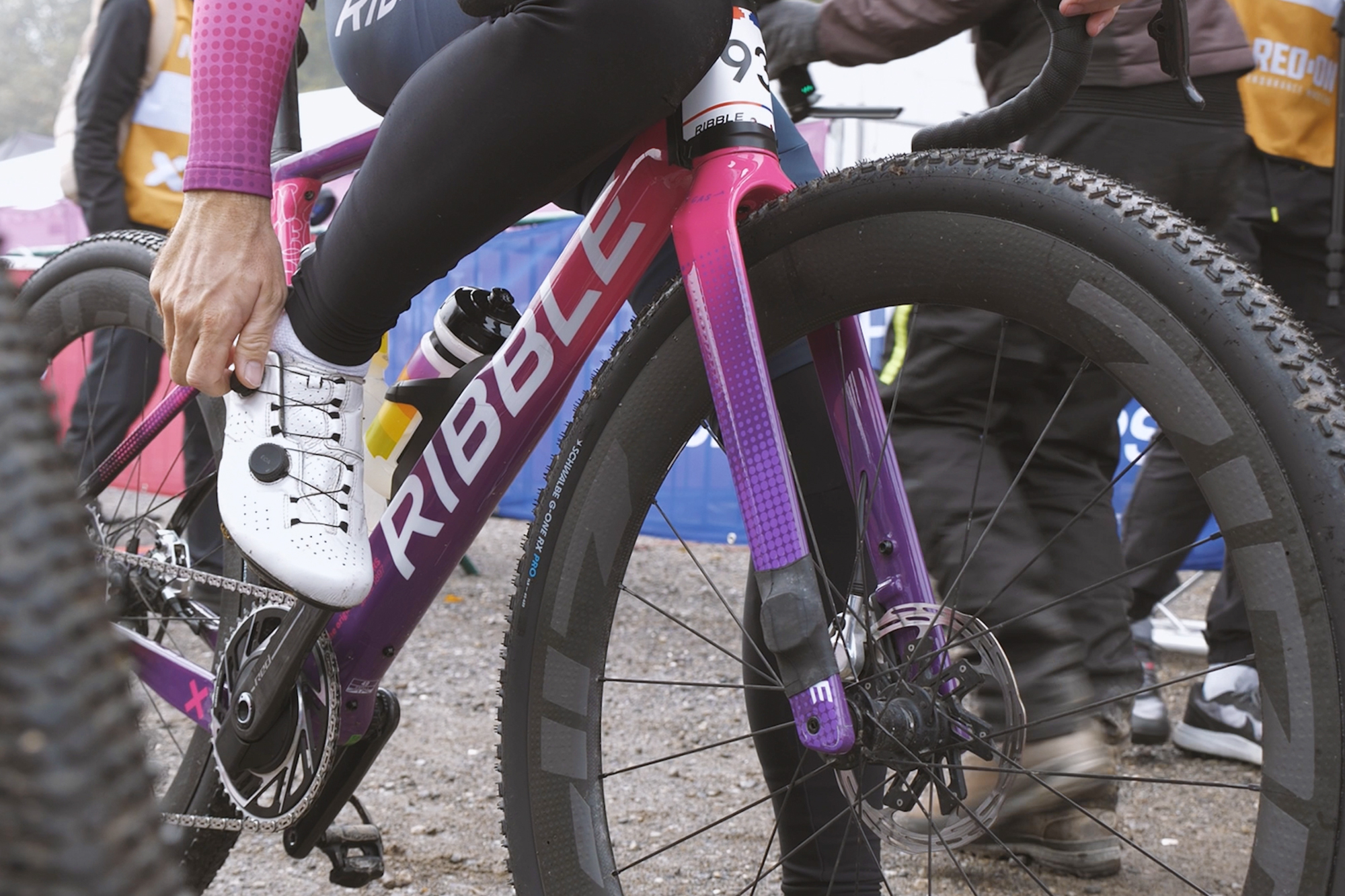 Gravel bikes: From cycling outlier to drop-bar domination in under a decade
Gravel bikes: From cycling outlier to drop-bar domination in under a decadeIt took gravel cycling just ten years to go from niche hobby to World Tour level racing but where's next? We sat down with Ribble to find out...
-
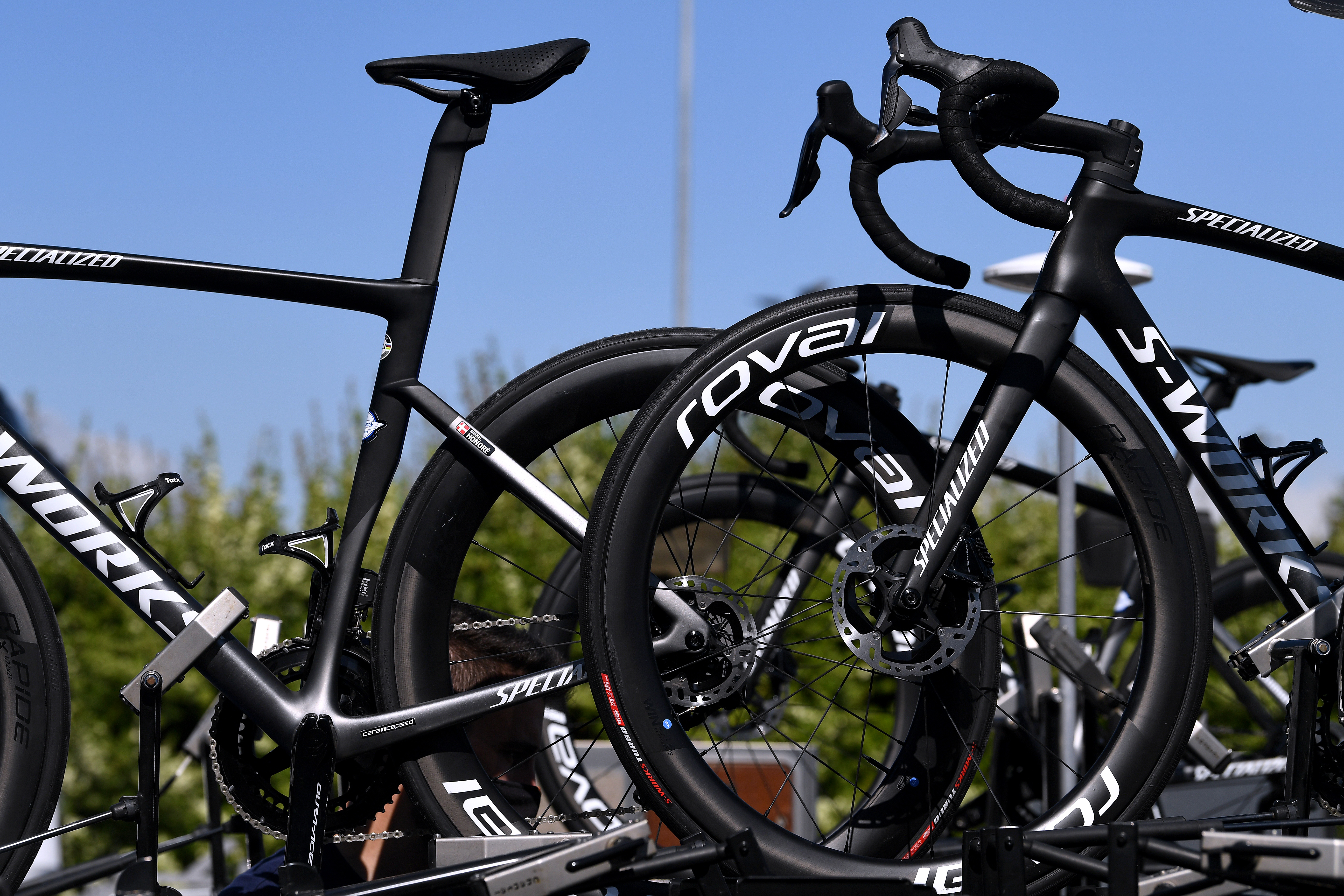 ‘Largest counterfeit bust in the cycling industry’ - $1.6 million in illegal bike goods seized by Chinese law enforcement
‘Largest counterfeit bust in the cycling industry’ - $1.6 million in illegal bike goods seized by Chinese law enforcementAliExpress and Specialized worked with Chinese law enforcement to uncover over $1 million of counterfeit goods
-
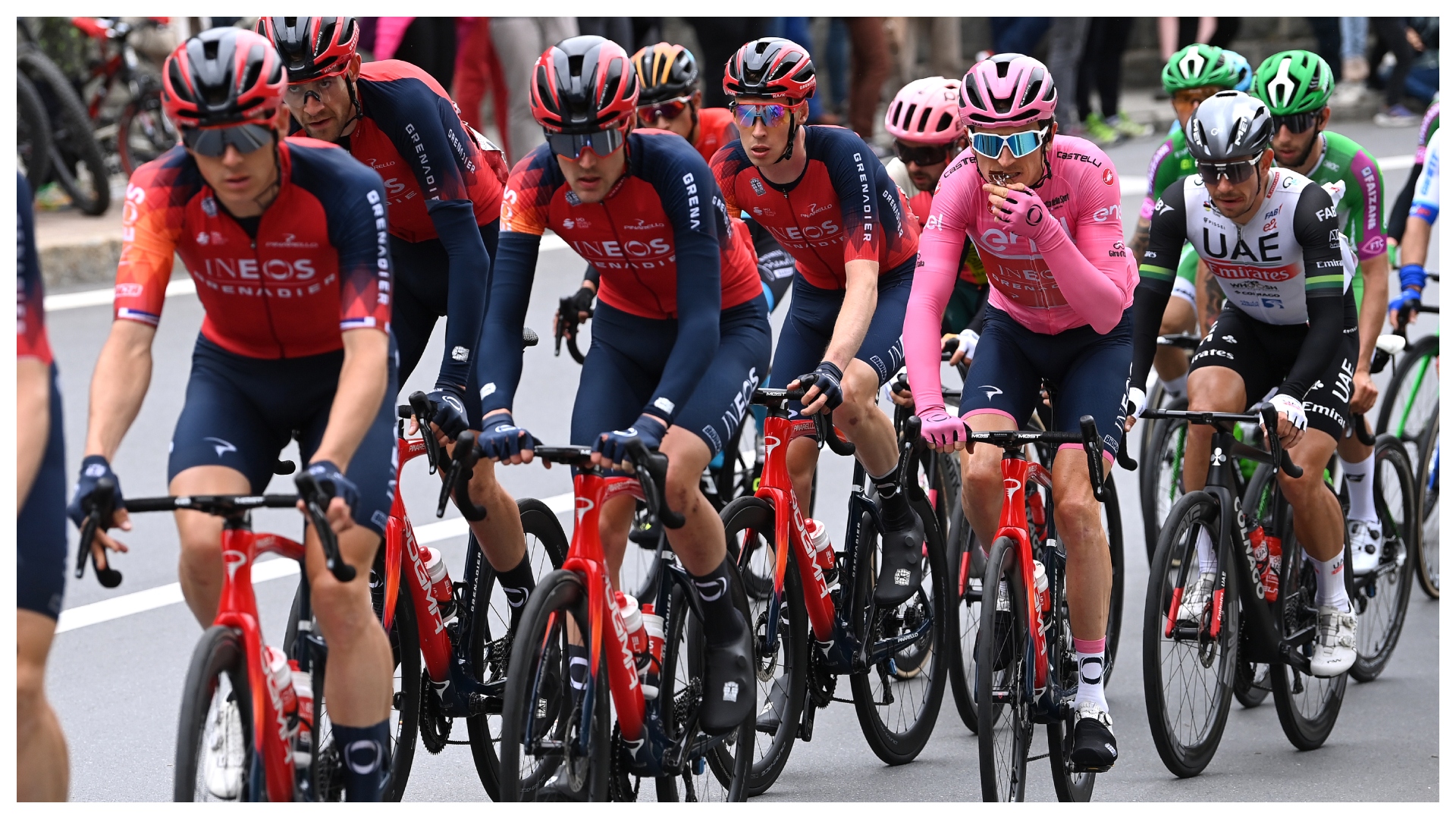 Five nutrition questions answered by an Ineos Grenadiers expert
Five nutrition questions answered by an Ineos Grenadiers expertWe put some hot fuelling topics to Dr Marc Fell, performance nutritionist for Ineos Grenadiers
-
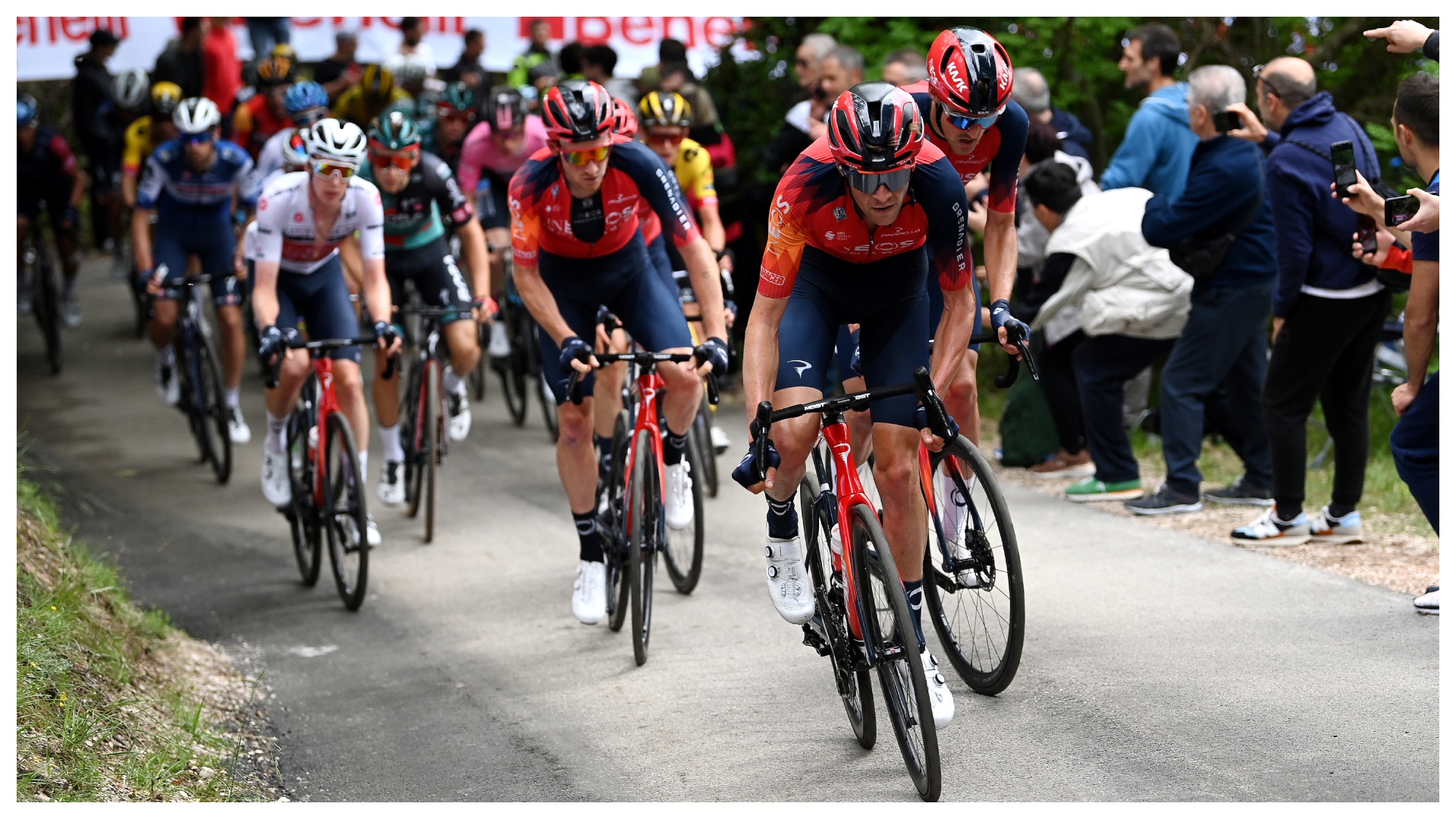 Eating for optimal recovery
Eating for optimal recoveryHow INEOS Grenadiers use Science in Sport to fuel their recovery
-
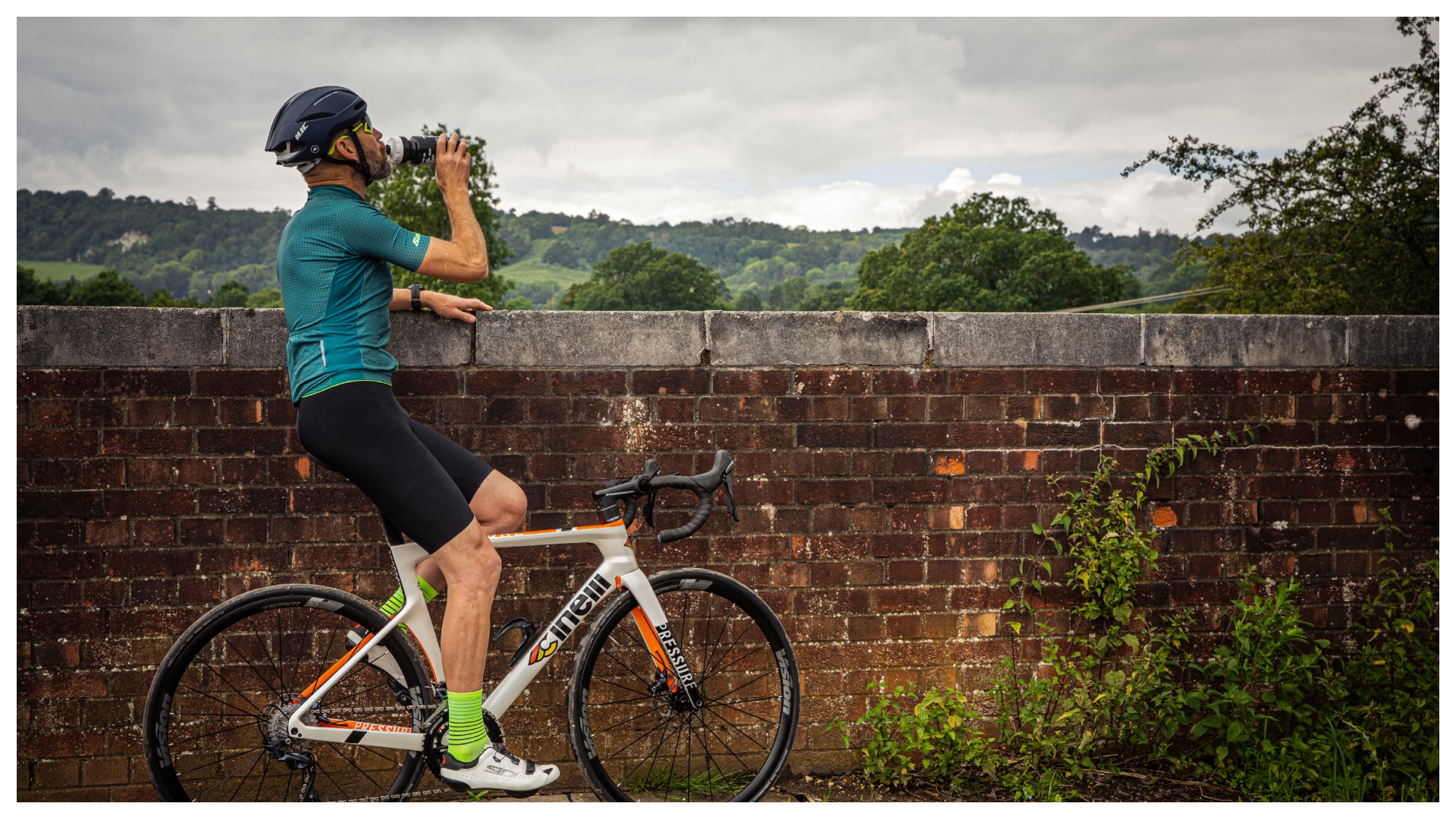 What to drink when cycling - the liquids you need on the bike
What to drink when cycling - the liquids you need on the bikeNot all liquid is created equal - we explain the different types of fluid that'll help you ride further
-
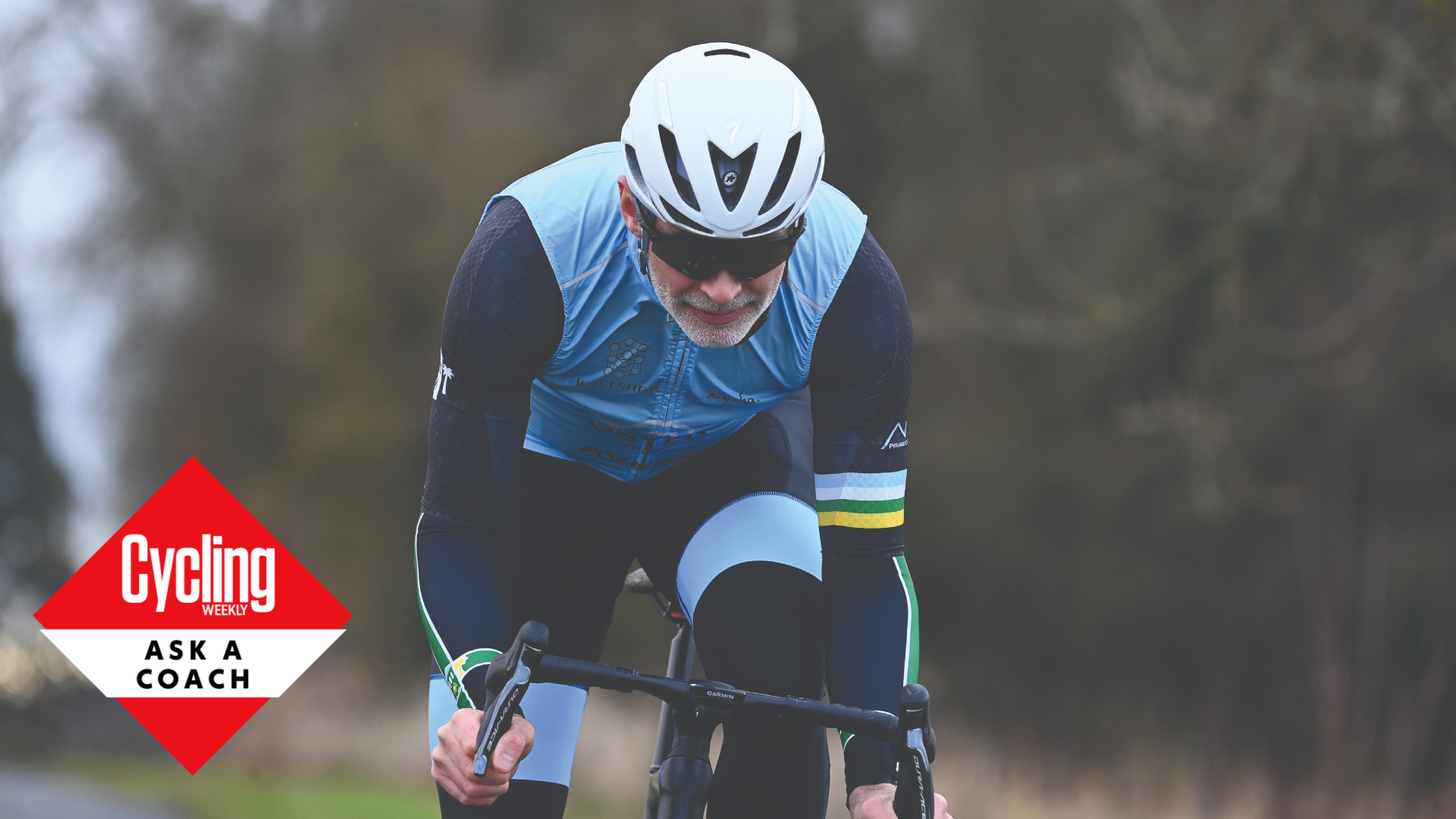 Ask a coach: 'I’m over 40, what is a good VO2 max for my age?'
Ask a coach: 'I’m over 40, what is a good VO2 max for my age?'VO2 max measures how much oxygen your body can utilise in a minute - but how does yours compare to the average, and does it matter?
-
 Performance fuelling for time-trials.
Performance fuelling for time-trials.How INEOS Grenadiers use Science in Sport to fuel a Grand Tour stage when every second counts
-
 Fuelling for the mountains
Fuelling for the mountainsHow INEOS Grenadiers use Science in Sport to fuel a Grand Tour
-
 Should cyclists care more about chemicals in sports nutrition?
Should cyclists care more about chemicals in sports nutrition?With so much information now available about sports nutrition, how can athletes make sense of what’s best for them? We chat with two brands and a registered dietitian to get to the bottom of what formulas make sense and why
-
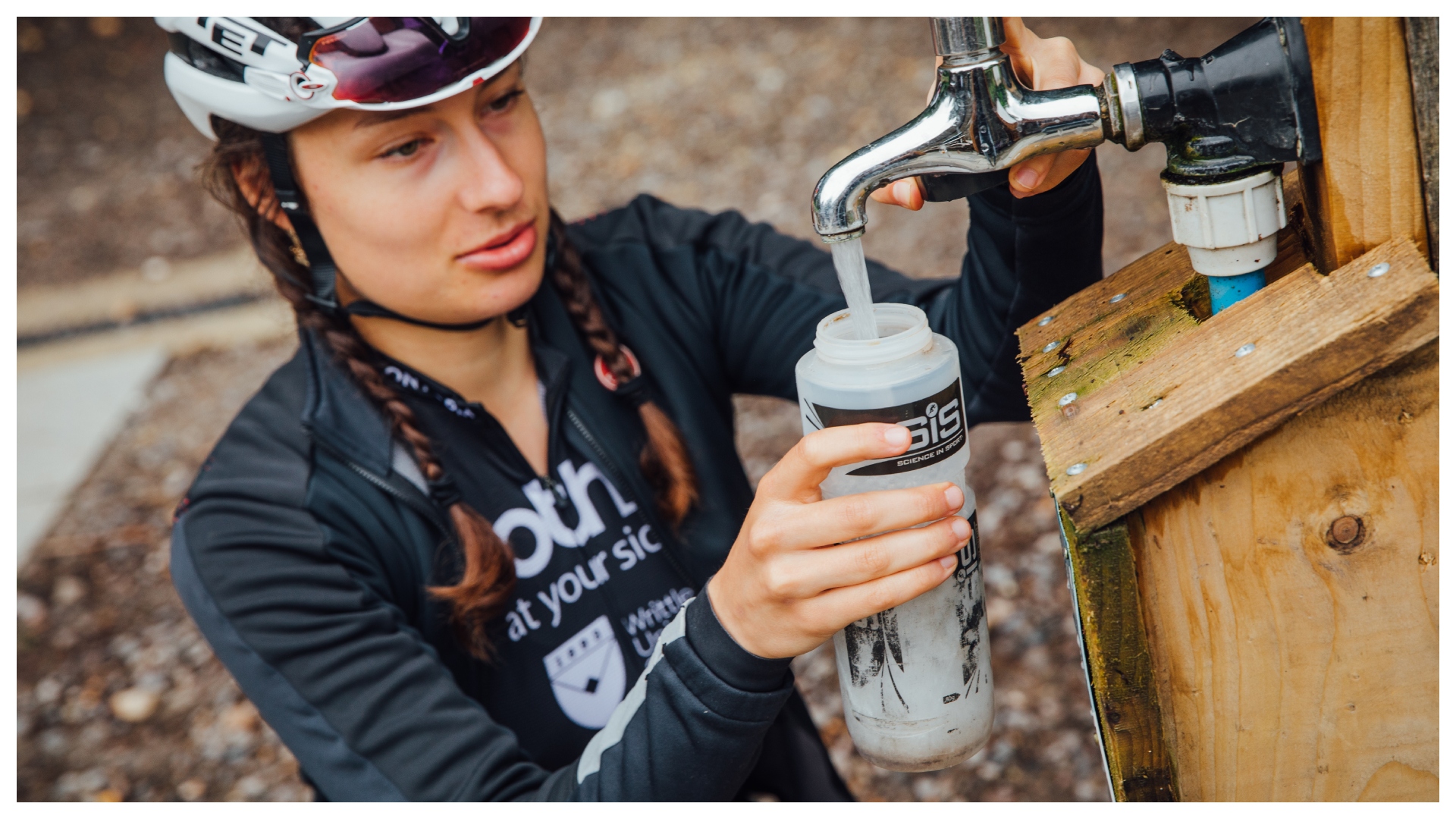 Are these six common sports nutrition rules fact or fiction?
Are these six common sports nutrition rules fact or fiction?